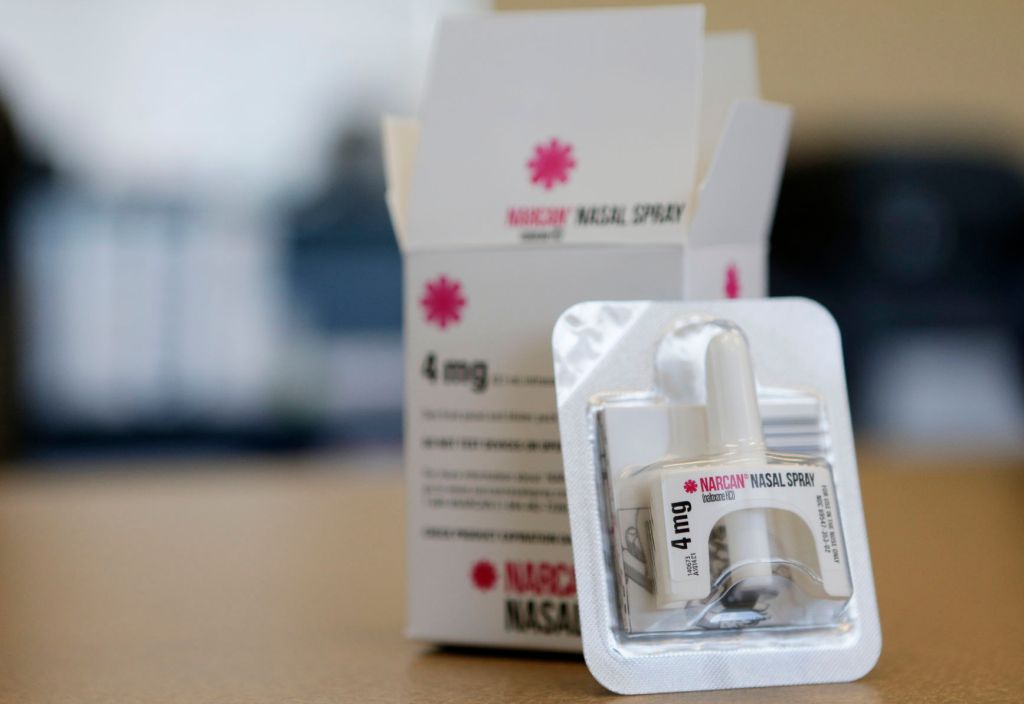Opinion: New strategy to stem a different opioid epidemic in Oregon
Published 9:58 am Thursday, March 23, 2023

- Narcan, a naloxone nasal spray, can reverse overdoses from opioids, such as prescription pain medications or heroin.
For nearly a decade I have treated Oregonians seeking care in the emergency department and in that time there has been a total transformation of the face of the opioid epidemic.
No longer are patients arriving with an unintentional overdose of their prescription medication. Physicians are nearly universally attuned to the dangers of over-prescribing opioids and have benefited from programs like the Oregon Prescription Drug Monitoring Program to assure patients are not receiving multiple prescriptions for controlled substances from different providers. Despite treating patients with opioid poisonings regularly, I have not treated an unintentional opioid overdose from prescription opioids since 2019.
Every single one of my patients in recent years who has needed naloxone, the medication that reverses opioids’ effects, has been poisoned by illicit opioids. Synthetic opioid poisonings are terrifyingly different. Since each pill sold illicitly has a drastically variable strength, neither the user, nor the first responder, nor emergency physician has any way of knowing the amount of the drug the patient was exposed to. From the straight-A teenager I took care of — who thought the “Xanax” they took at a party would be the same pill that his family member was prescribed — to the father taking what he thought was oxycodone from a friend for a back injury, I see Oregonians regularly poisoned by supercharged synthetic opioids they thought to be the same as prescription medication.
We are fortunate to live in a state where the Legislature and the general public has been engaged and active in addressing the surging opioid poisonings. In recent years, this has led to well-intentioned legislation, such as making naloxone available without a prescription. While this was a heralded piece of legislation that I support, we have only seen deaths from opioids surge in our state, increasing by 58% in 2021.
The inability of this legislation to make a meaningful impact in the opioid crisis lies in the fact that removing the barrier of a prescription fails to address the other significant barriers to accessing naloxone. Without insurance, naloxone costs $127 in the pharmacy down the street from my emergency department. At this cost, naloxone is completely out of the reach of most of my patients who need access to this life-saving medication.
House Bill 2397 provides the vehicle for state funding to purchase naloxone for those most vulnerable to opioid overdose and establishes a clearinghouse program in statute. Removing the cost barrier will complement House Bill 2395, which provides the structure and framework to get naloxone distributed around the state where fentanyl poisonings are occurring. Senate Bill 1043 aims to assure that those accessing medical care who are most at risk of opioid poisoning have access to naloxone.
The Oregon State Legislature has a fantastic opportunity with these pieces of legislation to change the trajectory of the opioid epidemic in our state. These bills can help assure that naloxone is widely available without financial barriers, to be able to be administered to victims in the minutes between the first signs of an opioid poisoning developing and the rapid progression of the poisoning to death. They also create a system to facilitate physicians, EMS providers and law enforcement’s ability to put naloxone directly into the hands of Oregonians who are most at risk.
Please join me in encouraging this critical legislation to be passed to stem the tide of illicit opioid poisonings that are overwhelming our state.



